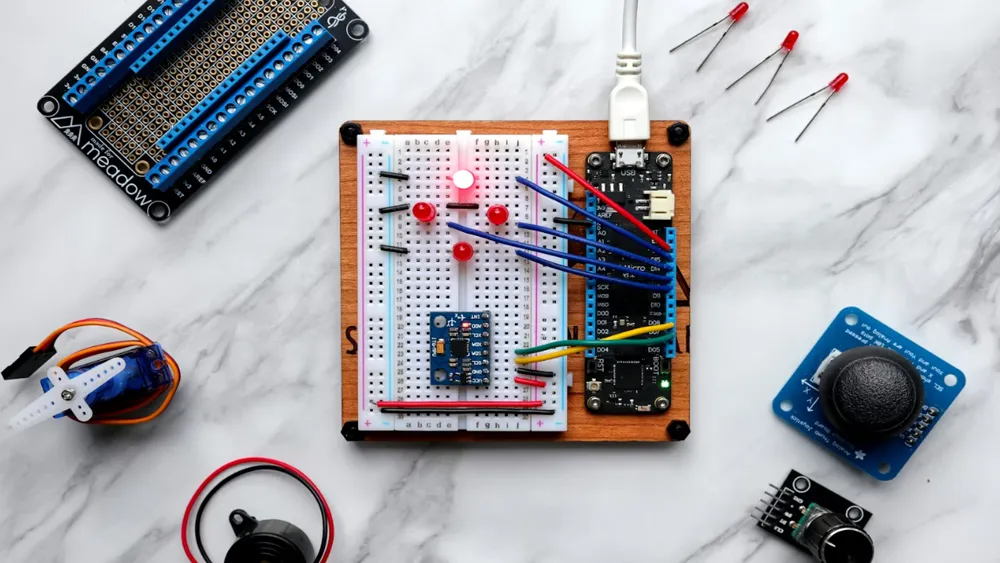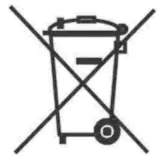
How to Get AS/NZS ISO 8124 Test Report for Toys?
AS/NZS ISO 8124 is the Australian standard for toy testing, consisting of the following seven parts:
- AS/NZS ISO 8124-1: Safety aspects related to mechanical and physical properties
- AS/NZS ISO 8124-2: Flammability
- AS/NZS ISO 8124-3: Migration of certain elements
- AS/NZS ISO 8124-4: Swings, slides, and similar activity toys for indoor and outdoor family use
- AS/NZS ISO 8124-5: Determination of total concentration of certain elements in toys
- AS/NZS ISO 8124-6: Phthalates in toys and children's products
- AS/NZS ISO 8124-7: Requirements and test methods for finger paints
AS/NZS ISO 8124-1: Mechanical and Physical Properties
Applicable to all toys designed or intended for children under 14 years of age, covering:
- Structural characteristics of toys, such as shape, size, sharp points, edges, etc.
- Requirements and test methods vary by age group.
- Certain toys or packaging must include appropriate warnings or usage instructions.
AS/NZS ISO 8124-2: Flammability
Specifies:
- Prohibited categories of flammable materials.
- Combustion performance requirements for specific toys (e.g., toys worn on the head, disguise costumes, soft-filled toys).
AS/NZS ISO 8124-3: Migration of Certain Elements
Defines the maximum acceptable levels of migration for elements such as antimony, arsenic, lead, etc., in the following toy materials:
- Paints, polymers, textiles, glass, wood, etc.
- Applicable to toys, toy components, and materials intended for food contact or younger children.
AS/NZS ISO 8124-4: Swings, Slides, and Similar Activity Toys for Indoor and Outdoor Use
Applicable to family-use activity toys such as swings, slides, seesaws, climbing frames, and more, providing safety requirements and test methods.
AS/NZS ISO 8124-5: Determination of Total Concentration of Certain Elements
Specifies methods for determining the total concentration of elements like antimony, arsenic, and lead in toy materials, such as:
- Paints, textiles, plastics, wood, and other materials.
AS/NZS ISO 8124-6: Phthalates in Toys and Children's Products
Tests phthalates such as DBP, BBP, and DEHP in toys and children's products made of plastics, textiles, or coatings.
AS/NZS ISO 8124-7: Requirements for Finger Paints
Applies only to finger paints and specifies requirements for the substances and materials used. It does not cover paints intended for the face or body.
AccREDited Certification Bodies
JJR Laboratory in China provides testing and certification services for toys and electronic products for export to regions like:
- Europe and the US: CE, FCC, FDA, RoHS, ERP, etc.
- Australia: SAA, C-TICK.
- Japan: PSE.
- Toy Certifications: EN-71, ASTM F-963, EN62115, etc.
For related certification inquiries, contact JJR Laboratory to ensure compliance with export standards.
Email:hello@jjrlab.com
Write your message here and send it to us
 What is Amazon TIC and How Can Sellers Achieve Com
What is Amazon TIC and How Can Sellers Achieve Com
 2026 Battery UN38.3 Certification (Test Report) &a
2026 Battery UN38.3 Certification (Test Report) &a
 What is the IEC 62680 Standard? Compliance Interpr
What is the IEC 62680 Standard? Compliance Interpr
 Amazon Japan December Compliance Requirements
Amazon Japan December Compliance Requirements
 How to Check a CPSC-Accepted Laboratory?
How to Check a CPSC-Accepted Laboratory?
 WEEE Registration for Waste Electrical &Electr
WEEE Registration for Waste Electrical &Electr
 MSDS Chemical Safety Testing
MSDS Chemical Safety Testing
 What Are the Differences Between UK REACH and EU R
What Are the Differences Between UK REACH and EU R
Leave us a message
24-hour online customer service at any time to respond, so that you worry!




